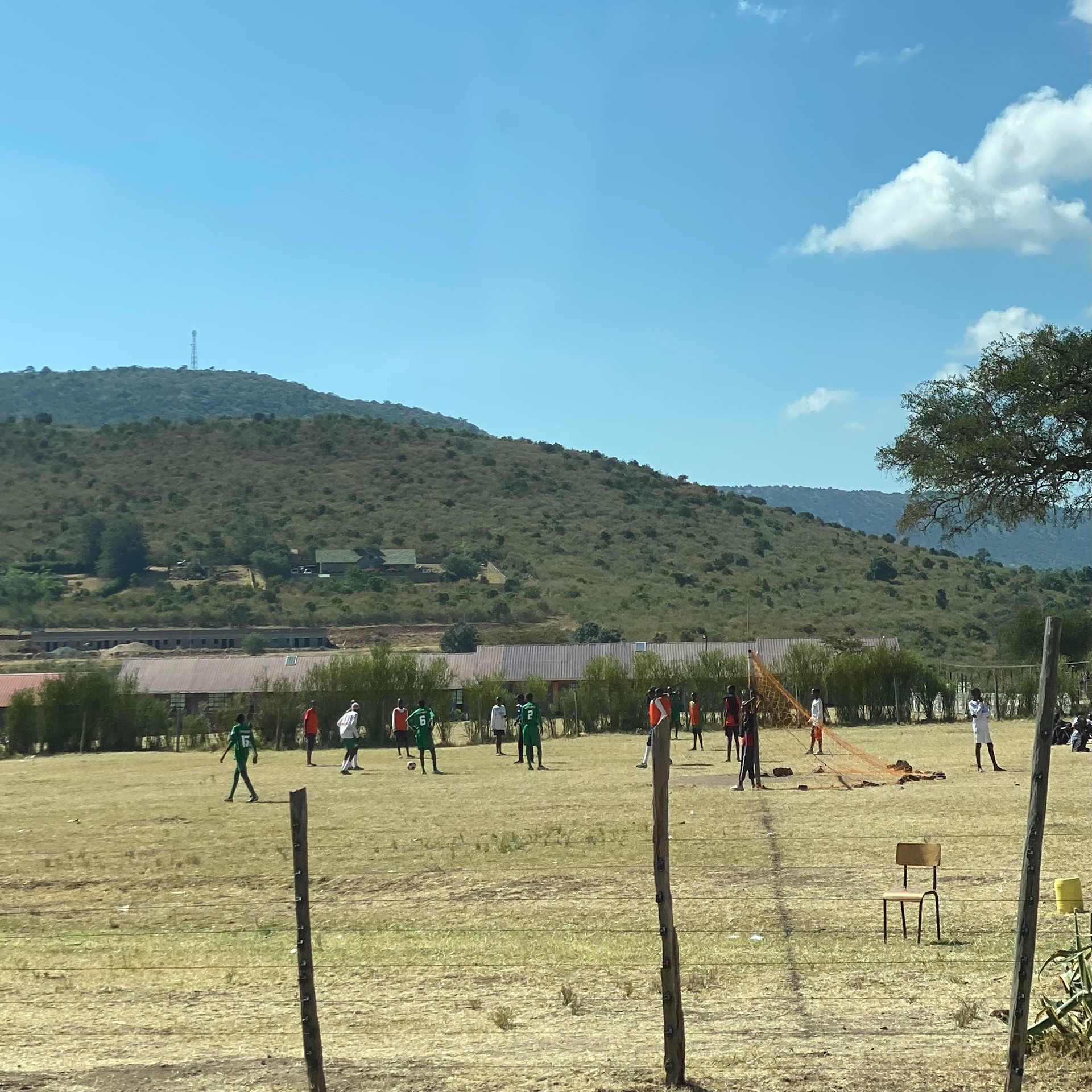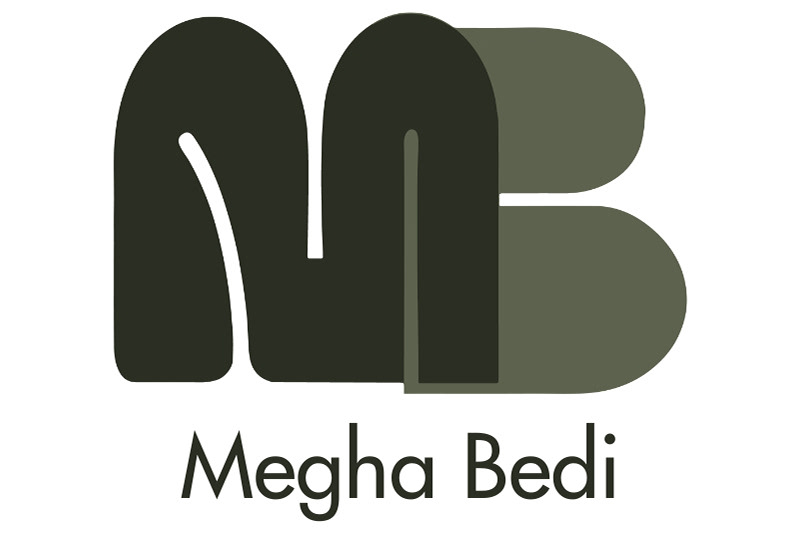BLOOM
A menstrual hygiene kit consisting of a reusable fabric sanitary pad and accompanying underwear, addressing the problem of the lack of affordability and availability of menstrual products in rural Kenya.
The Problem
Identifying the lack of affordability and availability of sanitary pads and menstrual products in rural Kenya requires a comprehensive understanding of the socio-economic landscape and challenges faced by women and girls in these areas. Through secondary research and gathering statistics , it becomes evident that many women in rural Kenya struggle to access affordable and hygienic menstrual products, leading to adverse health outcomes and hindering their ability to participate in daily activities, including education and work.
Identifying the user group as young women going to school highlights the critical need to ensure access to affordable menstrual products in rural Kenya to support their health, education, and overall well-being.
Visiting Kenya, particularly rural areas like Masai Mara, presented an invaluable opportunity to conduct firsthand research on the impact of this problem. By engaging with local communities, visiting schools, and administering questionnaires, I gained a deeper insights into the challenges faced by young women managing menstruation.


Images taken in Masai Mara, Kenya - a school visit.
Ideation
I began sketching out a range of menstrual product solutions tailored to the needs of young women and children in rural Kenya, considering factors such as affordability, accessibility, and cultural preferences.
Why Reusable Pads?
Researching the importance and benefits of using reusable fabric pads over disposable ones reveals their potential to offer cost-effectiveness, environmental sustainability, and improved health outcomes, making them a promising solution for addressing the current challenges:
Proposed Solution
The proposed solution entails the development of a comprehensive menstrual hygiene kit designed to address the affordability and accessibility challenges faced by women and children in rural areas like Kenya. This kit will consist of a reusable fabric sanitary pad and accompanying underwear, offering a sustainable alternative to disposable products. The reusable pad will be crafted with a seven-layer material composition, each layer specifically researched for high absorption, ensuring optimal comfort and protection during menstruation.
Additionally, the kit will be constructed from jute fabric, a durable and environmentally friendly material, and infused with scents to facilitate discreet storage of both used and unused sanitary pads, promoting hygiene and convenience for users in resource-constrained settings. This holistic approach not only provides a practical solution to menstrual hygiene management but also empowers women and children to embrace their periods with dignity and confidence.
The Prototype
The prototype has been manufactured in collaboration with a factory located in Nairobi, Kenya. With attention to detail, this reusable fabric sanitary pad has been constructed with seven layers, each carefully selected for its high absorption capabilities, ensuring maximum comfort and protection for users. By partnering with a local manufacturer, I leveraged their expertise and access to materials, enabling true-to-cost manufacturing that aligns with the mission to address affordability concerns.
The outer kit has been designed on Rhino3D, allowing visualization of the entire kit with the right materiality, ensuring durability and functionality while maintaining an aesthetic appeal.
The kit includes a user manual thoughtfully designed to empower young girls with comprehensive knowledge on menstrual hygiene and proper usage of the reusable fabric pad, fostering confidence and promoting healthy menstrual practices.
Product Accessibility
The kit will reach young girls across Kenya through strategic distribution channels, initially partnering with charitable organizations to ensure access in underserved communities. Collaboration with schools will facilitate educational initiatives, while making the kit available for purchase or distribution to be used at home, ensuring widespread accessibility.
Product Affordability
Creating a cost breakdown in collaboration with the local manufacturing factory was an essential step to finalize the affordability of the product, ensuring that it remains accessible to the target demographic.
Stopmotion Video
Tools
Rhino3D
Keyshot
Illustrator
Lightroom
Rhino3D
Keyshot
Illustrator
Lightroom
